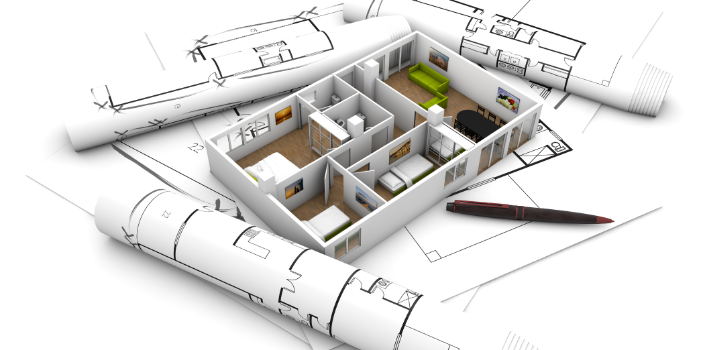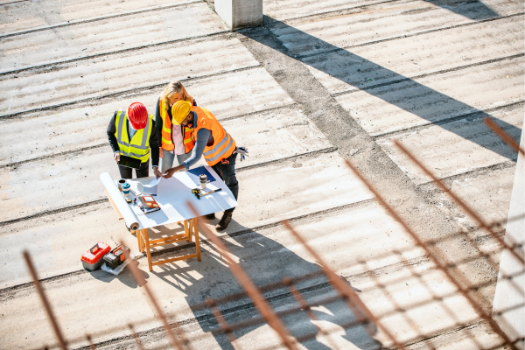
5 Budget Red Flags to Watch Before You Start Designing
Starting a new project is exciting. But it’s also where big mistakes can happen—especially with your budget.
Many issues start before the design even begins. If you catch them early, you avoid delays, extra costs, and wasted time.
At Bidlight, we help professionals plan better from day one. In this article, we’ll show you five clear warning signs that your budget may go off track.
Spotting these red flags early can save you thousands. Let’s dive in.

The Scope Isn’t Clear Enough
When the project scope is fuzzy, the budget gets messy.
You might think you’re clear, but if small details are missing—like material types, finishes, or layout—it creates problems later.
One change leads to another. And soon, your budget is out of control.
Make sure everything is written down before design begins. What are you building? What’s included? What’s not? Who’s responsible for what?
Even a one-line note like “interior lighting to be discussed later” can turn into a five-figure surprise.
The more detailed your scope, the more accurate your budget. It’s that simple.
The Budget Numbers Feel Too Optimistic
If your numbers seem “too good,” they probably are.
Wishful budgeting is a trap. We all want to save money. But underestimating costs sets your project up to fail.
Have material costs been updated? Do you know the current labor rates? Are all soft costs—like permits and inspections—included?

Don’t guess. Look at recent data. Talk to experts.
A common sign of trouble: a round budget number with no breakdown. That usually means someone pulled it from thin air.
At Bidlight, our data helps users build realistic budgets using real-time market inputs. Because facts beat hopes.
Pre-Construction Costs Are Missing
Many budgets leave out key early-stage costs.
These include soil tests, environmental checks, architectural fees, and engineering consultations. These are real costs—and they come before the first shovel hits the ground.
If you forget them now, they’ll hit your budget hard later.
Worse, if your team thinks they’re covered, they’ll plan around money that doesn’t exist.
List all pre-construction costs in your planning phase. Even if they’re small, they add up.
Missing just a few can throw off the entire budget and delay the start of your project.
Plan for these, and you’re already ahead of most projects.
No Real Cost Check During the Design Phase
The design phase is where your ideas take shape. But it’s also where your costs start climbing.
If your design team isn’t checking costs along the way, you’re in trouble.
A beautiful design that’s way over budget is useless. It wastes time and money.
Your team should ask: “Can we afford this?” after every major design choice.

That means checking structural systems, finishes, material specs, and layout efficiency.
Use tools like Bidlight to compare real-time cost impacts as you design.
Waiting until after the design is done is too late. Cost checks should happen every step of the way.
There’s No Contingency Plan
Things will go wrong. That’s a fact.
Materials might get delayed. Prices might spike. Weather might cause site issues.
If your budget doesn’t have a cushion for surprises, even a small hiccup can cause big problems.
Most successful projects build in a 10–15% contingency. It’s not wasted money—it’s insurance.
No one likes adding extra costs. But smart teams know it’s better to be ready.
Add a line in your budget for this. Label it clearly. Don’t pretend everything will go smoothly.
Contingency turns chaos into calm. It gives your team room to react without panic.

Conclusion
Your budget sets the tone for your entire project.
If it starts off shaky, it only gets worse. But if you watch for these five red flags, you’ll avoid costly detours.
Bidlight helps you spot these issues before they happen—with real-time data, smart estimates, and tools that guide every step.
Start strong. Stay on track. And build with confidence.
Let Bidlight help you design smarter from day one.